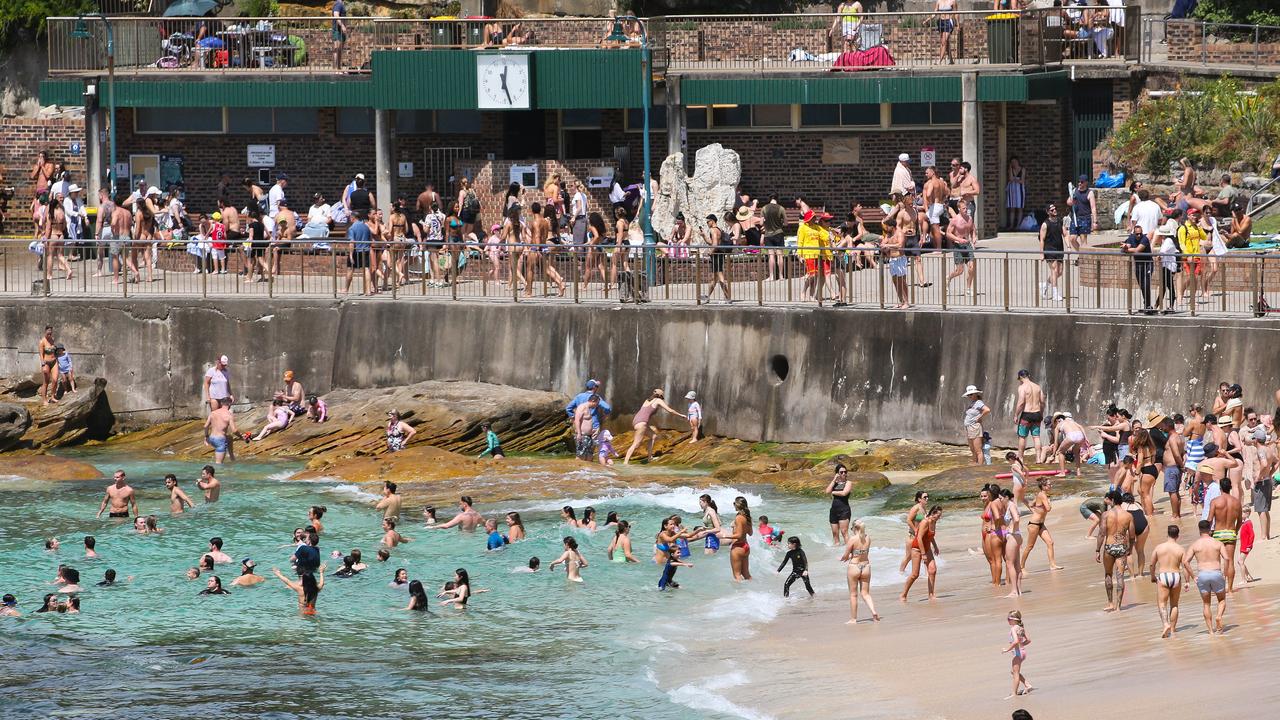Places where daylight saving was ditched, never adopted or exists in secret
Daylight saving is the twice yearly annoyance we all grumble about. But some places got rid of it, never got on board with it or have it – but only in secret.

Last weekend millions of Australians lost an hours sleep as daylight saving kicked in. The twice yearly ritual will be repeated in April when the clocks go back an hour.
But there are some places in the world where daylight saving is ignored even though all around them its observed. And other places where it’s observed but yet doing so is arguably absurd.
While there countries that claimed to have ditched daylight saving – but secretly kept in but without any of the hassle of changing clocks.
The daylight saving change to clocks means the sun sets an hour later on long summer days than it otherwise would.

Why daylight saving exists in some place but not others
When it was introduced during World War I, it meant fewer scarce resources would be used to turn the lights on and heat homes during summer. The downside is it means the sun rises later in the day as well.
A good chunk of Australia has never got on board with daylight saving. Western Australia, Queensland and the Northern Territory don’t change their clocks at all.
Part of the reason is because daylight saving makes less sense the closer to the equator you get.
Along the equator the sun is in the sky for an almost equal duration whether in summer or winter. Daylight hours in Darwin, for instance, only differ by between 11.5 and 13 hours in length all year round.
But days in Hobart can vary from nine to 15 hours in length. That extra hour of daylight in the evening is far more useful for Tasmanian than Territorians.
Most of Europe and North America change their clocks twice a year. But Africa and the vast majority of Asia, nearer the equator, don’t dilly dally with daylight saving.
From South Africa to Singapore, Japan to Djibouti clocks are not turned backwards or forwards.
Nations such as India, Brazil, Egypt, Malaysia and Russia used to have daylight saving but did away with it.
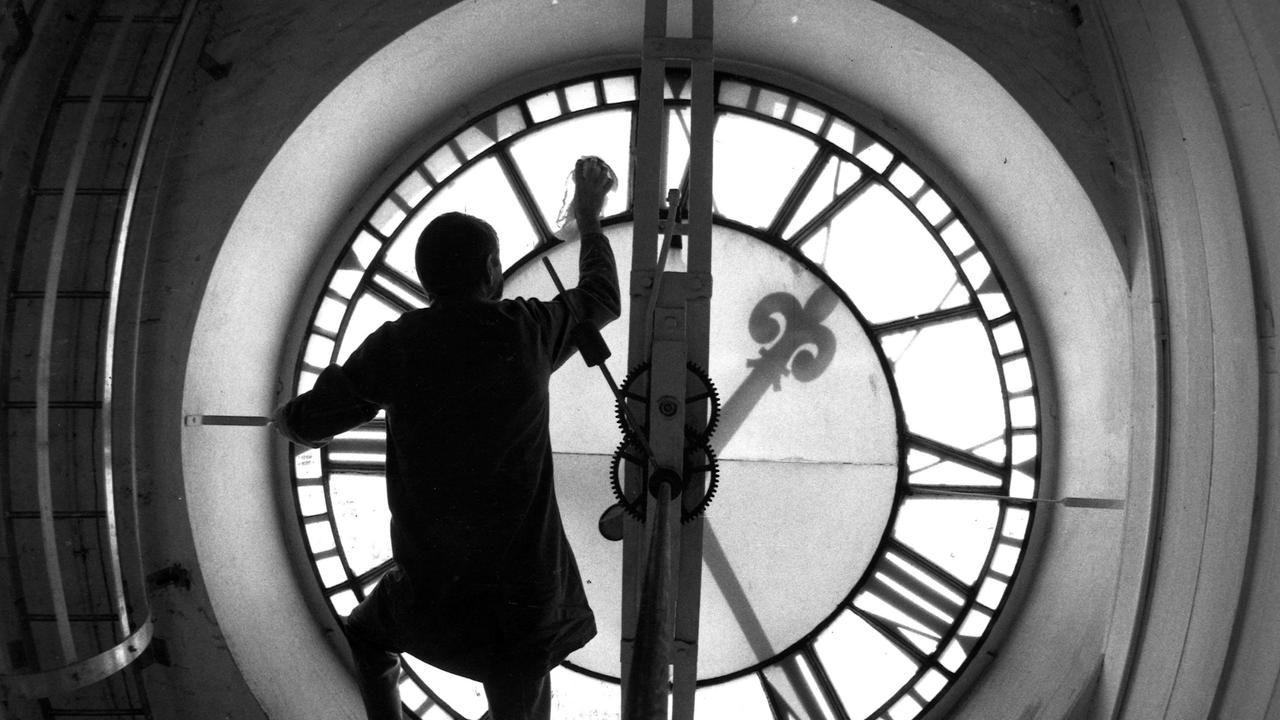
Daylight saving exceptions
There are anomalies. In the US, 48 of the 50 states have daylight saving. But not Hawaii or Arizona, both nearer the equator.
“Arizona is the sole contiguous state that abstains from daylight saving time, citing its extreme summer temperatures,” said Assistant Professor Laura Grant of McKenna College in California.
“Although this disparity causes confusion for travellers, the state’s residents have not changed clocks’ times for over 40 years,” she wrote in writing in The Conversation.
But in Arizona, the Navajo Nation, a Native American territory, does change its clocks. That’s so it can maintain a consistent time across the territory which crosses into other states that do observe daylight saving.

Canadian province going it alone
Most of Canada changes clocks twice a year. But the province of Saskatchewan is an outlier.
Alberta, to its west, and Manitoba, to it east, have daylight saving.
Yet Saskatchewan never changes to daylight saving – because it’s essentially always on daylight saving.
Geographically, the province should follow Canada’s Mountain Standard Time. But it opted for Central Standard Time (CST) instead.
That created a kink in the time zones and put it an hour ahead of its rightful place.
Yet it doesn’t move an hour ahead or back with the rest of its chosen time zone.
That effectively means its permanently fixed to daylight saving of the Mountain time zone which, by rights, it should be in.
. That’s expect in the town of Lloydminster which straddles the Saskatchewan/Alberta border. In 1966 it had to choose a side, so it chose Alberta time and so does change clocks twice a year.
But maybe not for much longer because later this month Alberta will hold a referendum about following Saskatchewan and adopting daylight saving all year round.
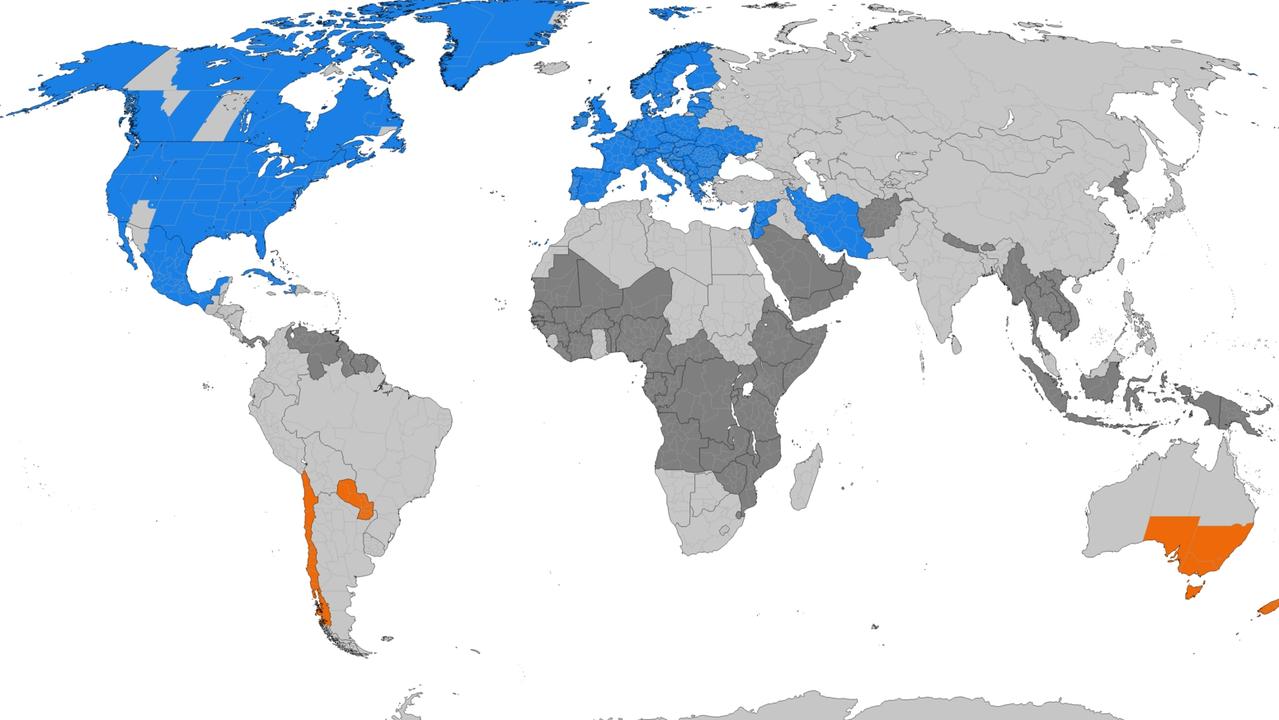
Iceland’s secret daylight saving all year round
Iceland is almost unique in Europe in not observing daylight saving. It did change clocks until 1968 when it decided to just stop.
And similar to Saskatchewan, Iceland combined that with jumping forward into an entirely new time zone that means its daylight saving 365 days a year.
It now follows Greenwich Mean Time to be less out of kilter with the rest of Europe.
Besides, like most land close to the poles, there is less need for daylight saving in Iceland. In high summer, the capital Reykjavik can experience almost 21 hours of sunshine each day.
It’s hardly in need of an extra hour of sun.

Norways’s daylight saving for city with 24-hour sun
Norway, conversely, does observe daylights saving – called “sommertid” or Summer Time – in Norwegian.
In its populated southern regions this makes sense.
But in this long, thin country sommertid become somewhat nonsensical the further north you go.
The city of Tromso lies beyond the Arctic Circle. Between May and July the sun never sets on Tromso. It has daylight saving but has no use for it. It already has more than enough sun. But by observing it, it means Tromso and the capital Oslo are always on the same time.
From November to January the sun never rises over northern Norway. All the better to see the northern lights with.
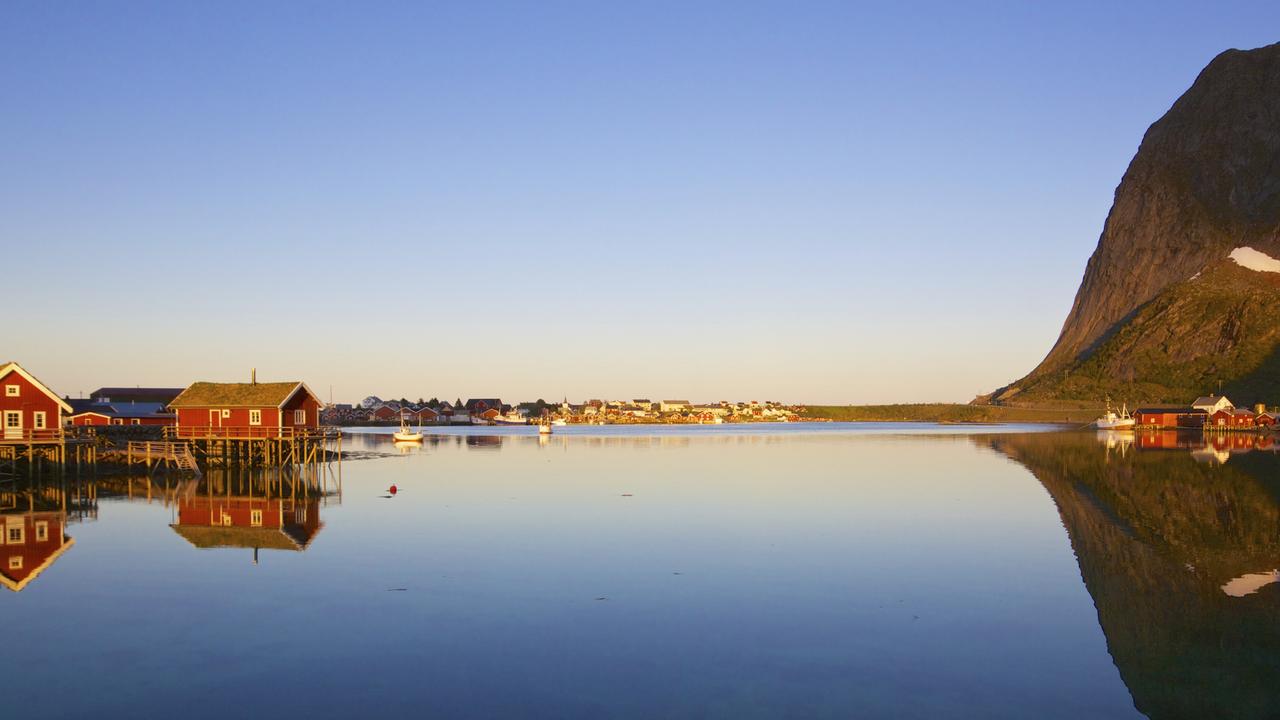
The daylight saving debate continues in Australia. Right now, with daylight saving, depending on where you are it could be one of five different times. Last week that was just three.
People in Coolangatta, in non-daylight saving Queensland, have to change their clocks to walk to the supermarket in Tweed Heads, across the road in NSW.
Brisbane Lord Mayor Adrian Schrinner has said Queensland should join the rest of the east coast in changing clocks.
“Sooner or later it will happen,” he told 4BC radio on Monday.
“I think it’s inevitable.”
But while popular in the state’s south, a move to daylight saving is greeted with less enthusiasm in Queensland’s north.
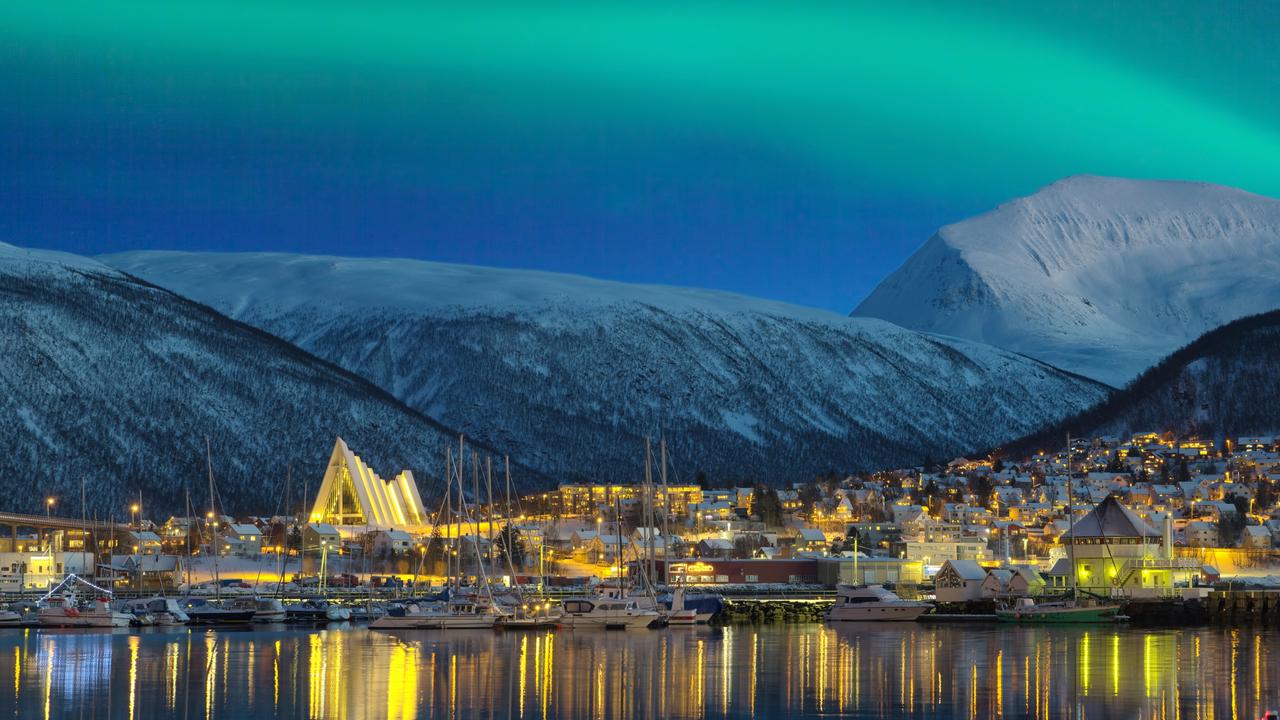
The ideal daylight saving solution
“Everyone has strong opinions about daylight saving,” wrote Prof Grant.
“Many people welcome the shift … as a signal of spring. Others like the co-ordinated availability of daylight after work.
“Dissenters, including farmers, curse their loss of quiet morning hours.”
The strongest argument, said Prof Grant, was to do away with the clock changes but keep daylight saving permanently – as Saskatchewan and Iceland have basically done.
More Coverage
“Yet humans adapt,” she added.
“If we abandon the twice-yearly switch, we may eventually slide back into old routines and habits of sleeping in during daylight.
“Daylight saving time is the co-ordinated alarm to wake us up a bit earlier in the summer and get us out of work with more sunshine.”



